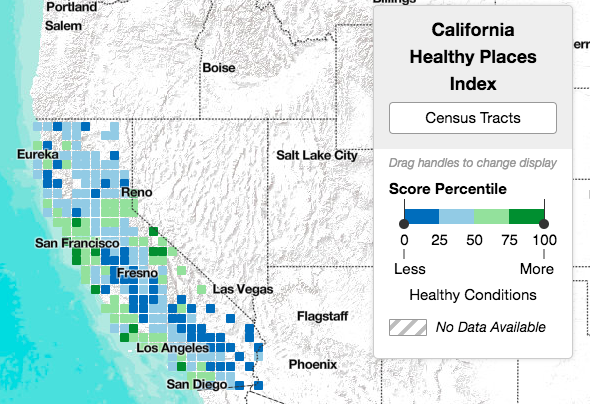“Affordability is not just about the ability to buy or rent a home, but also about being able to afford to live in it. This definition of affordability goes beyond meeting expenses related to operations and maintenance, taking into consideration transport, infrastructure and services. If a home is economical enough to buy and maintain but located too far from work or school, it cannot be said to be affordable.”
This article explores innovative ways cities are addressing housing affordability. From land acquisitions, repurposing vacant properties, and financing, many cities are taking innovative approaches to address the issue. Read the full article here.
Read More




